…and the researcher who knows them so well.
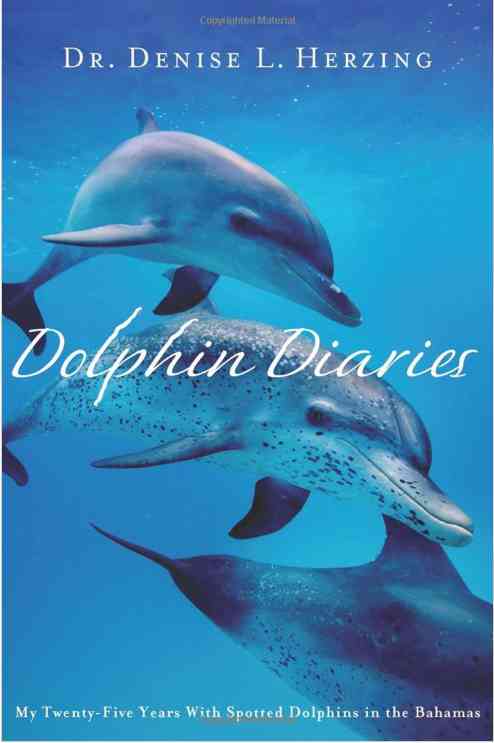
Dolphin Diaries (St. Martin’s, 2011) / Cover image courtesy of The Wild Dolphin Project, wilddolphinproject.org
Once upon a time, about 40 years ago, a wild population of Atlantic spotted dolphins (Stenella frontalis) somewhere in the Bahamas began interacting with treasure divers and other humans who spent time in their world — getting right up close, curious and friendly, hanging around, swimming eye to eye.
Very few people knew about or tried to find their way out to these dolphins back then. The waters they inhabit are far from land, in a tricky navigational area where shallow sand banks suddenly drop off into deep ocean and back again.
And even at its true-bluest, the ocean is a fickle friend.
Plus, there’s no guarantee that people who make the journey will get to see or interact with these dolphins, because they’re not trained or captive. They’re wild and free.
Even knowing these realities, some people, when they heard about these dolphins, made the journey anyway. Because they wanted to film or photograph the dolphins or see if they could run tours. Or because they loved dolphins so much they couldn’t pass up a chance to even maybe spend time with them in the open sea.
Denise Herzing made her first visit 26 years ago this summer with a greater goal in mind. A student-researcher with a special interest in how dolphins and whales communicate and a childhood dream of someday finding a way to talk to animals, Herzing came looking to do science.
Other researchers were already studying wild dolphin populations in other parts of the world — Florida, Hawaii, Australia. But their studies were essentially land-based. They might spend the day on the water, following their subjects, but they didn’t stay on the water. At the end of the day, they returned to land.
And while scientists were making forays into observing wild dolphins underwater, no one had tried to build a whole research project around this approach.
Herzing wanted to attempt it: Stay at sea for days at a time to be available when the dolphins came around and get in the water with them as often as possible to observe, record and try to decipher what they were doing, as another researcher once put it, swimming around out there with such big brains.
Could it be done? There? A young researcher with less of the right stuff would have been stymied by the obstacles: How the heck do you study a population of free-ranging dolphins in the open sea?
Denise Herzing, being Denise Herzing, saw possibilities. The water was warm enough to work in and clear enough to see what the dolphins were doing when they let humans observe. The animals were friendly — not tame, just curious and friendly. Conditions were often calm enough from May through September to remain at sea for long periods of time. And no one else was studying these dolphins. She’d be the first.
Twenty-six years later, Herzing is still at it. Only she’s not a student researcher anymore. She’s Denise Herzing, PhD, founder and director of The Wild Dolphin Project, author or co-author of a slew of scientific papers, recipient of a Guggenheim fellowship for science writing, member of The Explorers Club, author of two books, the second just out (more on that soon), and an assistant professor in biological sciences and psychology at Florida Atlantic University with student-researchers and a research vessel of her own.
Now, people are comparing her to Dian Fossey and Jane Goodall, and for good reason. Like Fossey and Goodall, Herzing understood that if she wanted her research subjects to open their world and lives to her, she first had to spend time — lots of time — getting to know them and letting them get to know her.
The Wild Dolphin Project’s motto: “In their world… On their terms…” For Herzing and her associates, that means no chasing, harassing, feeding or trying to touch the dolphins. No invasive tagging or tissue sampling. No interfering with their natural lives and behaviors in any way except to observe, photograph, videotape, record — and interact when invited to do so. Acceptance, relationship, trust. All else flows from that.
Today, Herzing can stand on one of the twin bows of her 62-foot, motor-cat research vessel Stenella as it plows through the water, watching a group of spotted dolphins twisting, leaping and braiding under the bows, and tell you, just by glancing down, who they are and just about anything else you might want to know about them: That’s Geo, Malibu, Stubby. That’s Little Gash, Nassau, Paint.
She can tell you, in almost every case, their gender, age class and distinguishing markings; who their moms, kids and grandkids are; the names of their siblings and best friends.
She can tell you who’s pregnant and who recently gave birth, which moms are good moms and which kids are a handful (or pec-ful). She can tell you which adolescent females have started taking on babysitting duties and which youngsters are still sticking by Mom’s side when they should have joined a same-sex social group by now.
She can tell you which males you almost always see together and how female friendships evolve over time.
She can tell you who’s friendly, who’s flirty, who gets picked on and who’s boss. She can tell you who’s healing from a shark bite, who lost a calf, who survived a hurricane — and who hasn’t been seen since.
She can get in the water with or without her video camera-hydrophone array, but almost always with, follow or be absorbed into what would look to most people like a bunch of indistinguishable dolphins doing who knows what, and tell you later exactly who was who and what was going on.
It was a bunch of the old guys cruising through. It was a group of mothers and babies.
It was Mom and Big Sister bringing Junior in for some supervised exposure to human beings.
It was a group of males vying for the hot female of the season. It was a mother zooming in to calm or discipline a youngster who wasn’t responding to a babysitter’s attempts to get him under control.
That group? They were playing. They were squabbling. They were mating. They were foraging. They were teaching the youngsters how to catch fish. They were resting. They were traveling. They were gathering to move out into deep water to feed after dark.
When he caught that piece of sargassum on his fluke, waved it in your face and then released it in the water in front of you? That was an invitation to play. When he blew that big air bubble out of his blowhole? Could have been frustration that you didn’t respond.
When she slowed and let you catch up with her and swim eye to eye and then dove down? That’s sometimes a form of greeting.
When he broke away from that swirling, squawking group of dolphins and swam over to us? They were roughing him up, and he was trying to escape.
That tail-slapping on the surface? Could have been Mom saying time to leave.
When he made that S-shape with his body? That means keep your distance. All that touching, stroking, petting, nuzzling and pec-rubbing you see? It’s part of how they communicate and affirm bonds. They do that a lot.
What kind of vision, guts, tenacity and drive has it taken for Herzing to turn her dream of studying wild dolphins into her life’s work and stick with it through 25 years and counting of who knows what kinds of challenges and setbacks on land and on sea?
Herzing didn’t get into that much in her first book, The Wild Dolphin Project (WDP, 2002). Still making her name when her first book came out, she did what aspiring dolphin researchers have to do to establish themselves in their field: Stick to the science. Take yourself out of it. Save the story-telling for later.
No problem. The science is riveting. What The Wild Dolphin Project lacks in stories it more than makes up for in fascinating insights into the workings and structure of a wild dolphin society and beautiful underwater photographs of dolphins engaged in some of the behaviors that characterize the sophisticated lives they live in the wild. The cover photo alone makes the book worth owning.

The Wild Dolphin Project (WDP, 2002) / Cover image courtesy of The Wild Dolphin Project, wilddolphinproject.org
Flash forward almost a decade to Herzing’s new book, Dolphin Diaries — My Twenty-Five Years With Spotted Dolphins in the Bahamas (St. Martin’s, 2011). Well established and widely recognized now for having spent more time in the water with wild dolphins than perhaps any other human being, Herzing can relax a little and mix in more stories.

Dolphin Diaries (St. Martin’s, 2011) / Cover image courtesy of The Wild Dolphin Project, wilddolphinproject.org
We don’t get as many beautiful underwater photographs in Dolphin Diaries, but that’s okay. Herzing more than makes up for it in the tales she tells of some of her more memorable encounters with dolphins and humans both. And fish. And sea lice. And sharks. And storms. And a special breed of humans called boat captains. And the dive and tour boat operators who soon began showing up in her study area whom she had to corral into agreeing to abide by some shared code of conduct to avoid unpleasantness and prevent the dolphins from being harassed.
If you’re at all interested in learning more about who dolphins really are and how they really live “in their world, on their terms” and sharing some of Herzing’s high-seas adventures from the safety and comfort of dry, solid land, you want to add both of her books to your library.
• You can order both books, read some of Herzing’s scientific papers and learn more about her work, including the intriguing direction she’s moving in now, at her research project’s web site, wilddolphinproject.org.
• You can also order Dolphin Diaries from the publisher or through Amazon and Barnes & Noble, and you can find The Wild Dolphin Project on Amazon and Barnes & Noble, too.
Enjoy watching videos? Denise Herzing and the dolphins she studies have been featured in a number of programs and documentaries. Here are a few:
• New York Times reporter Erik Olsen spent time with Herzing early this research season. To read his story, published on Sept. 19, and watch an accompanying 9-minute video, click here or click the image below. To hear Herzing talk dolphins with Charlie Dyer of southern California’s KNews FM 94.3 (20 min, Sept. 13), click here.
• ABC News correspondent Matt Gutman also spent some time with Herzing earlier this summer. To watch a 5-minute segment that aired on “Good Morning America” on July 28 and see how well Gutman handles himself in the water with dolphins, click here, or click the image below.
• To watch a lovely, 8.5 minute feature produced by the Explore Team at The Annenberg Foundation that gives you a fuller sense of Herzing’s life and work at sea and how much she knows and cares about the dolphins who’ve let her into their lives, click here, or click the image below.
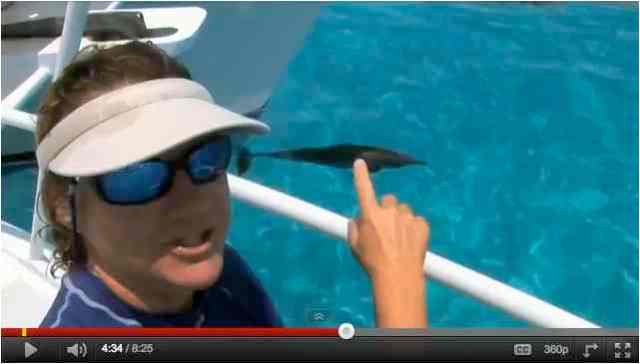
Denise Herzing talks about the dolphin seen bow-riding in “Wild Dolphins"/Explore Team, The Annenberg Foundation, explore.org
• To view other Explore Team videos and slideshows of Herzing and her research subjects, click here, or click the image below.
• Comedian Robin Williams joined Herzing on a research trip back in 1992 for an episode of a TV documentary series called “In the Wild.” There’s only one VHS copy of the program available on Amazon and no DVDs. But the segment on Robin’s time at sea with Herzing is on YouTube.
The YouTube version isn’t great quality and it’s broken into three parts, but it’s still worth watching — because Robin is so funny and sensitive and seems so genuinely moved by the experience of meeting wild dolphins, and because he takes such care to impart real information about these dolphins in his narration. To view the whole segment, do this:
1. Click here, or click the image below, skip to 3:09 minutes in and watch the rest of this first 9:55 minute section.
2. Click here, or click the image below and watch the entire second 9:44 minute section, which ends abruptly while Robin is in the water with a male dolphin named Stubby.
3. Click here, or click the image below, skip to 2:12 minutes in and watch the rest of this third 6:51 minute section, which includes the rest of Robin’s encounter with Stubby. Watch Robin pause on the boat’s dive platform as he emerges from the water and wave away the camera to give himself some private time to process what he has just experienced. Good for him.
• Another documentary well worth viewing is “In the Kingdom of the Dolphins,” by wildlife filmmaker Hardy Jones, co-founder with actor Ted Danson of BlueVoice.org. This one dates back to 1986, when Herzing first began visiting these dolphins, tour boats and dive boats hadn’t arrived on the scene yet, the dolphins’ curiosity about humans was fresher, and human-dolphin encounters were more prolonged.
There are only about six VHS copies on Amazon and no DVDs. Get the VHS. The underwater footage is breathtaking. To order a copy, click here, or click the image below.
Finally, many of the beautiful photographs of dolphins featured here were taken by Kaitlin Marsh, a student intern aboard a July 2011 Wild Dolphin Project research trip. Thank you so much, Kaitlin, for sharing them.
To see more of Kaitlin’s wonderful photographs, click here, or click the image below.


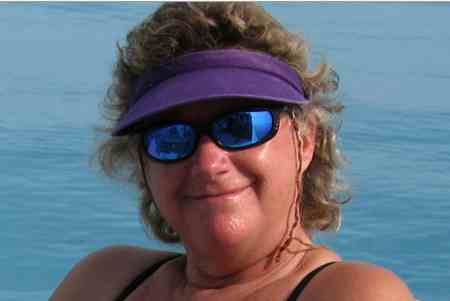

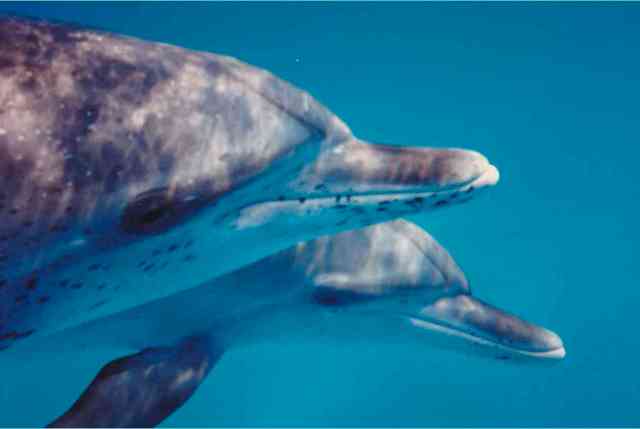
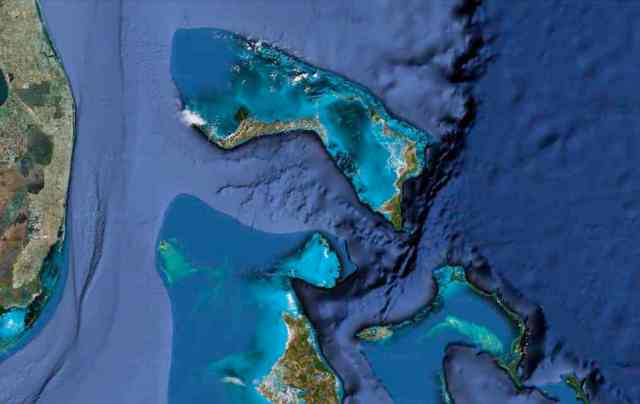
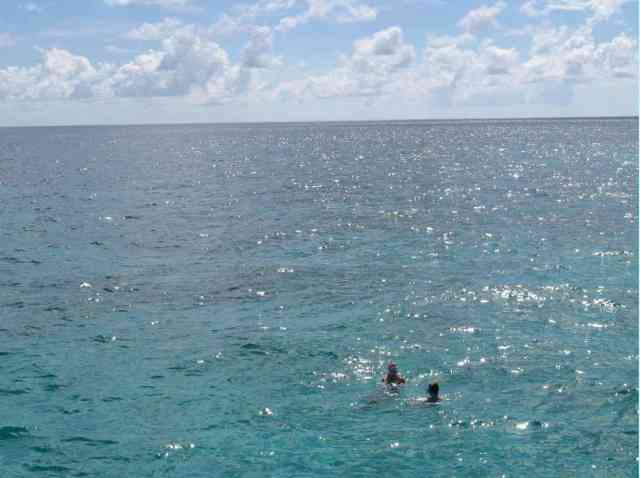
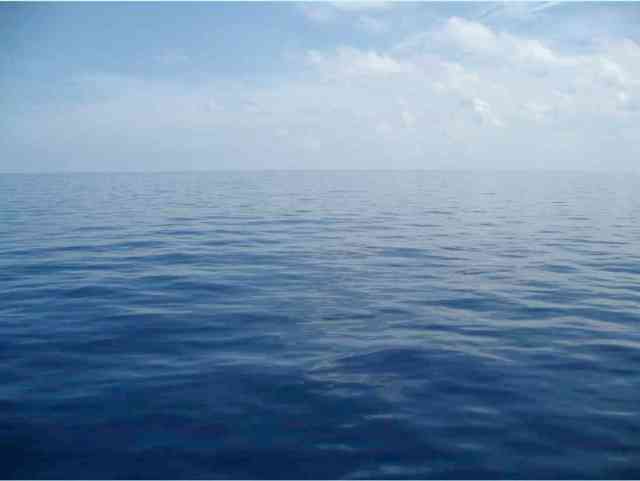
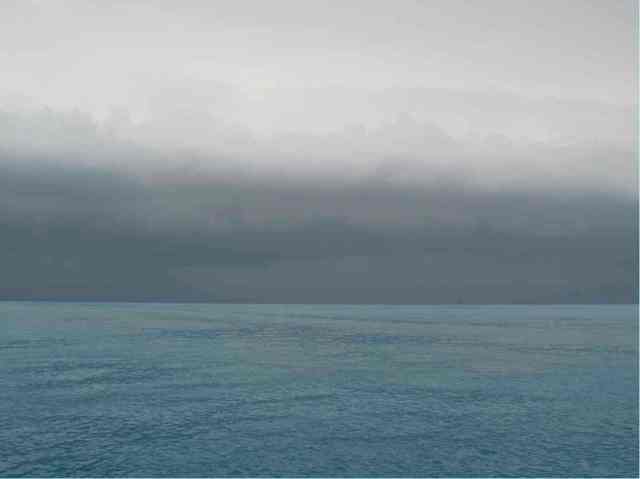
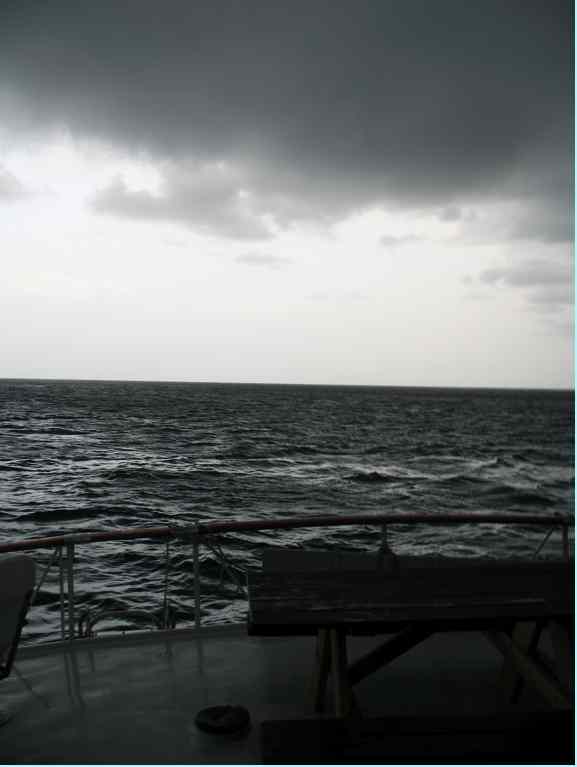
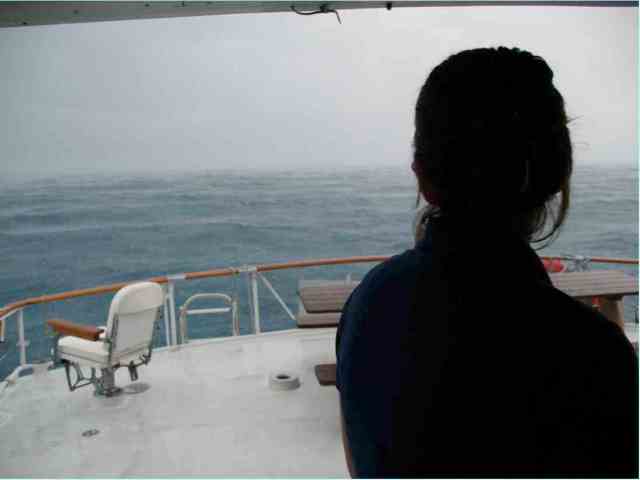
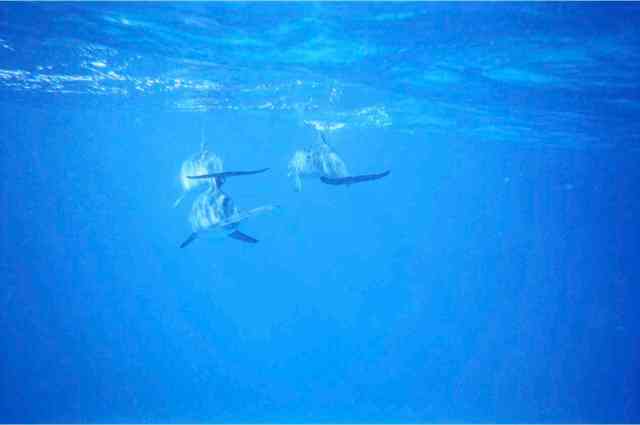
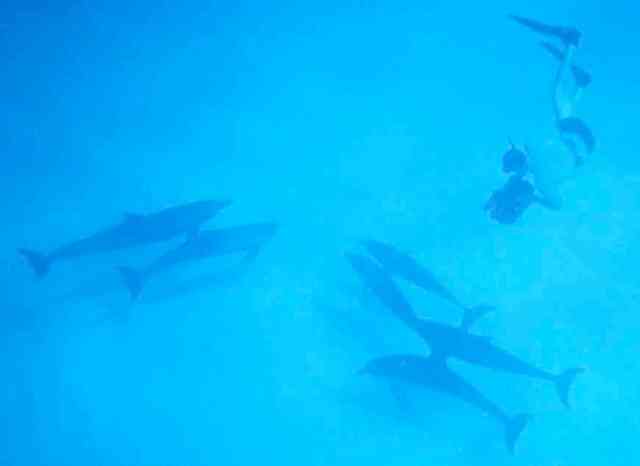
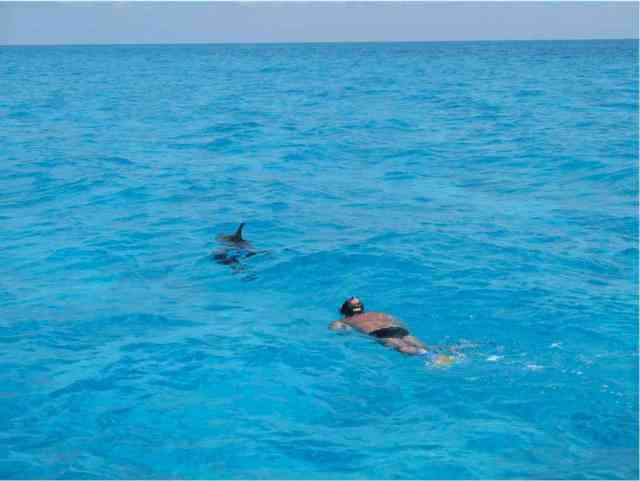
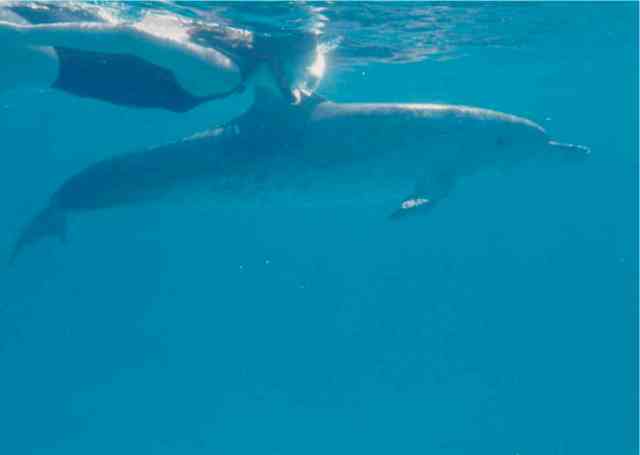
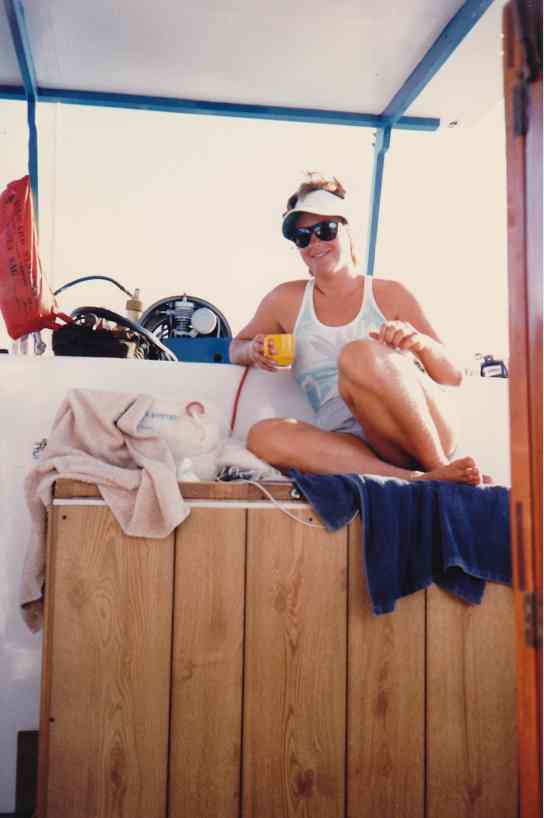
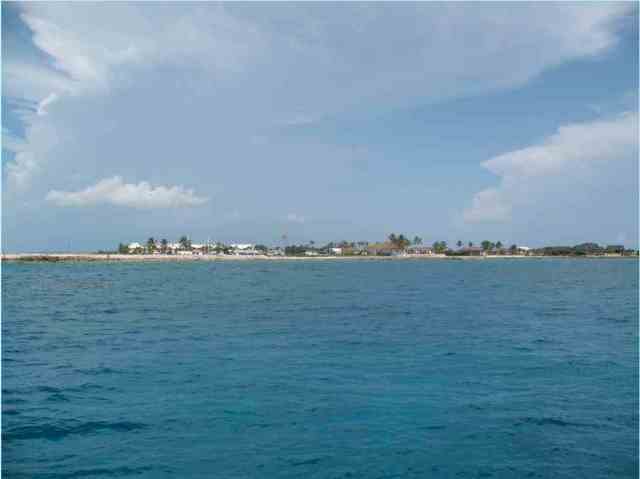

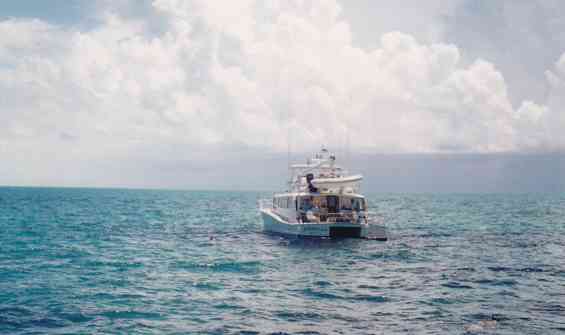
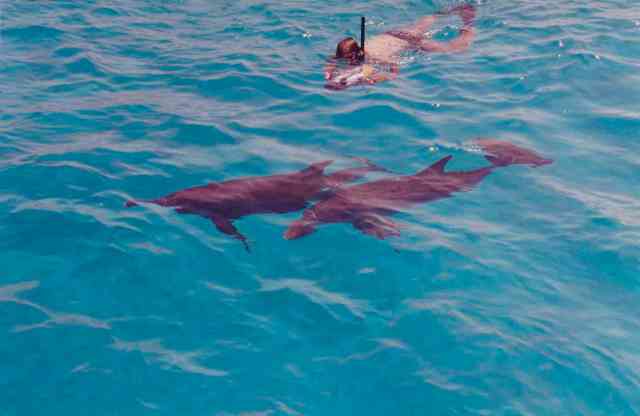
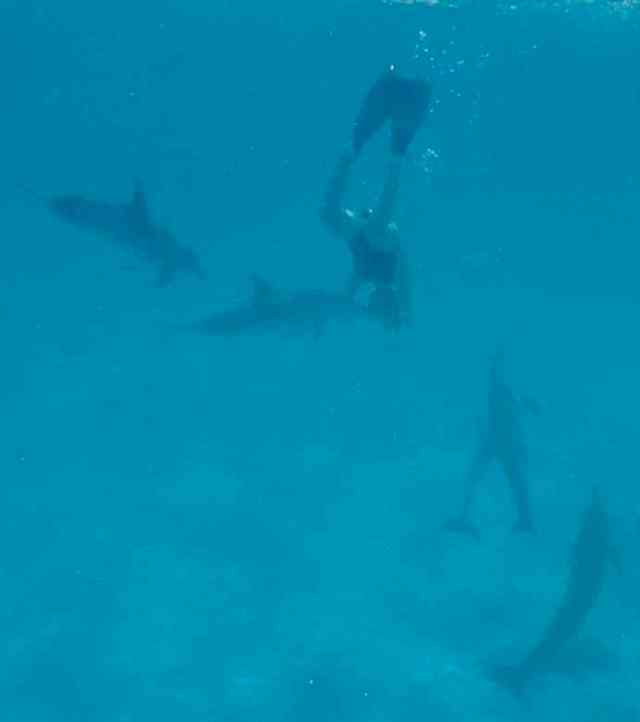
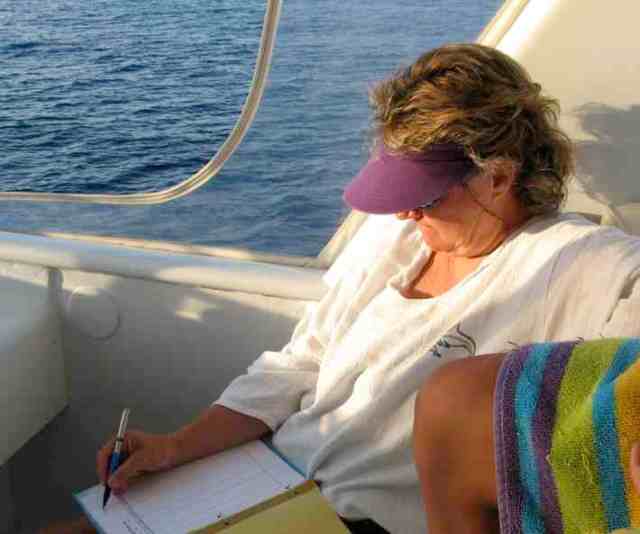
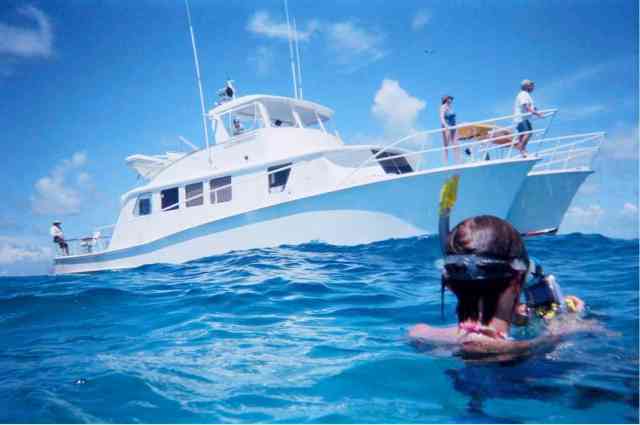

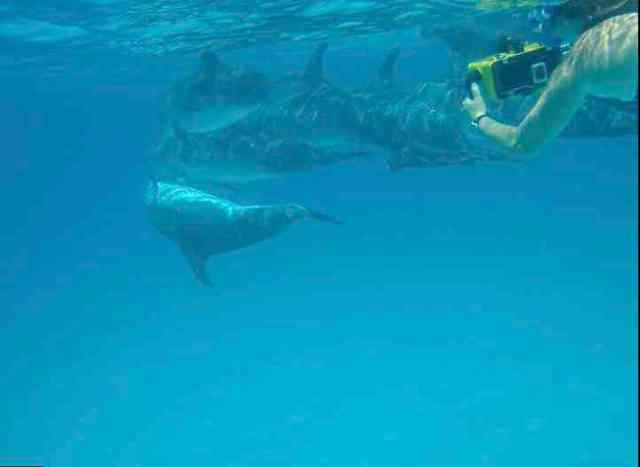
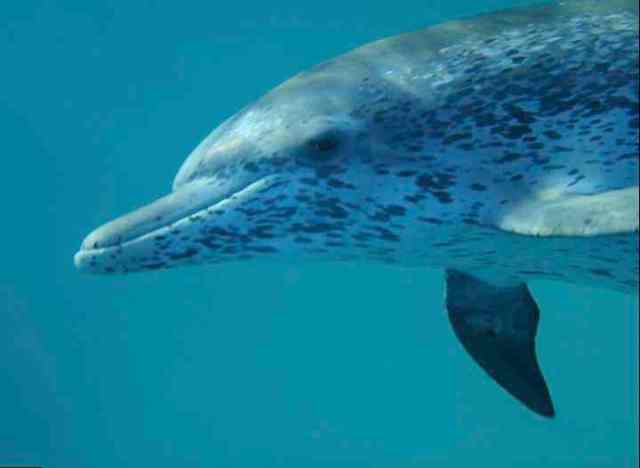
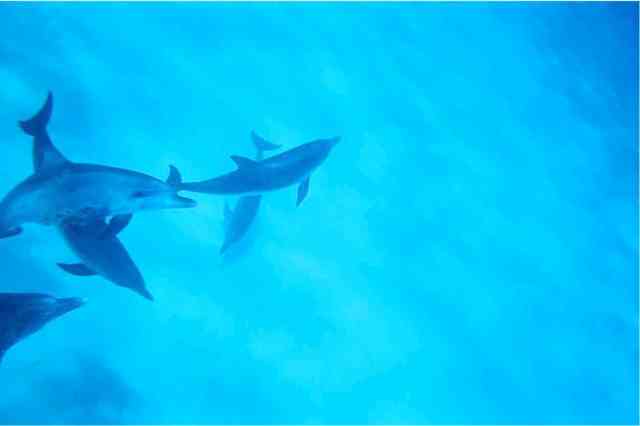
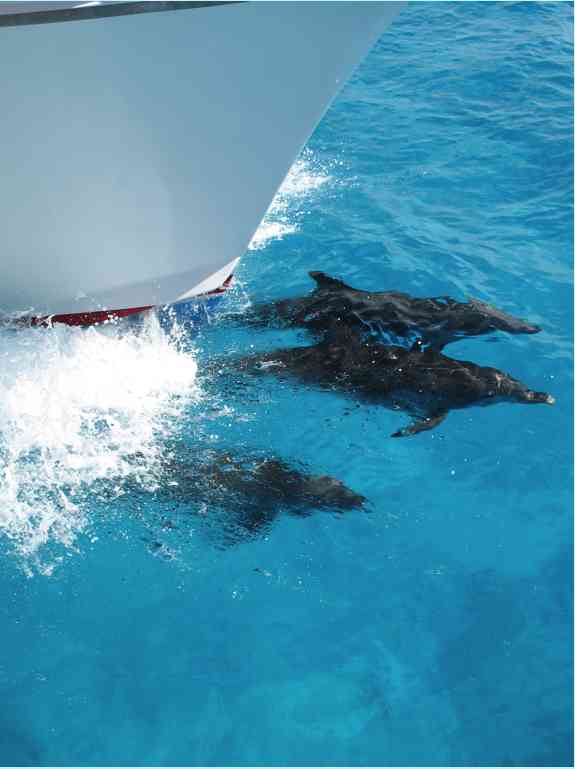
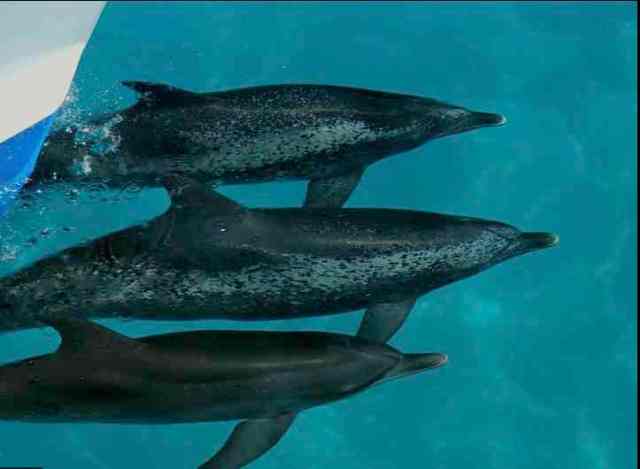
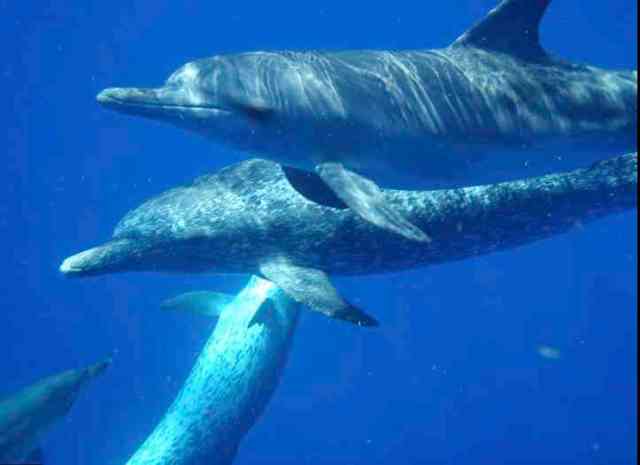
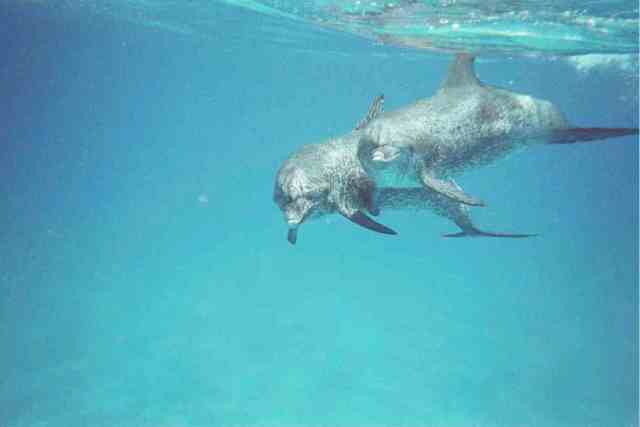

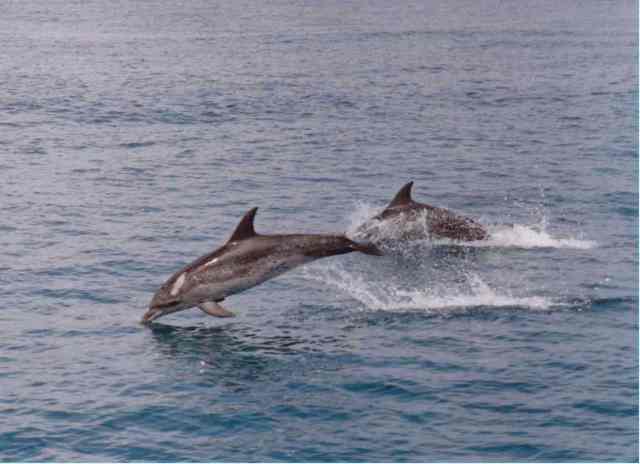
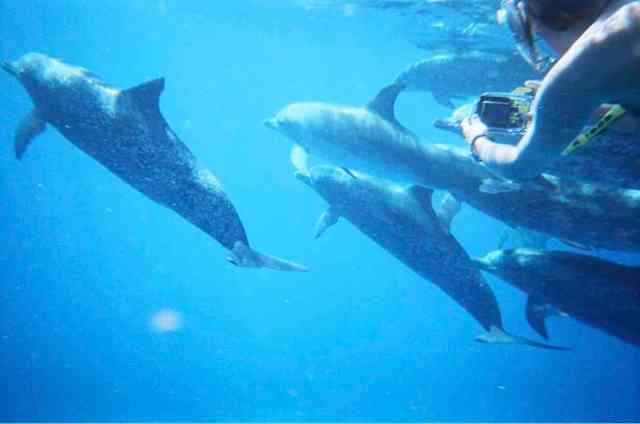
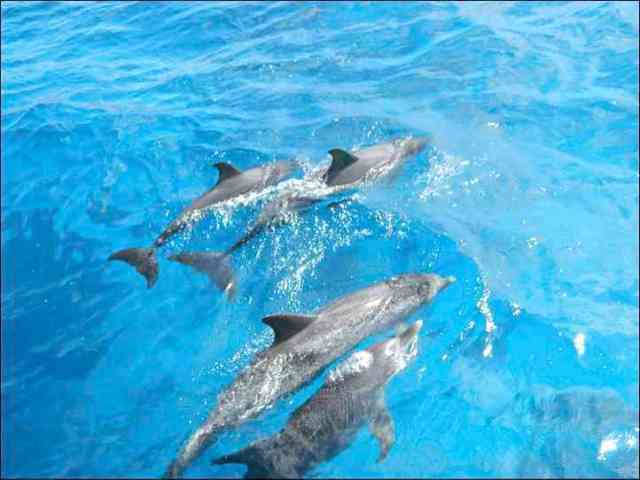
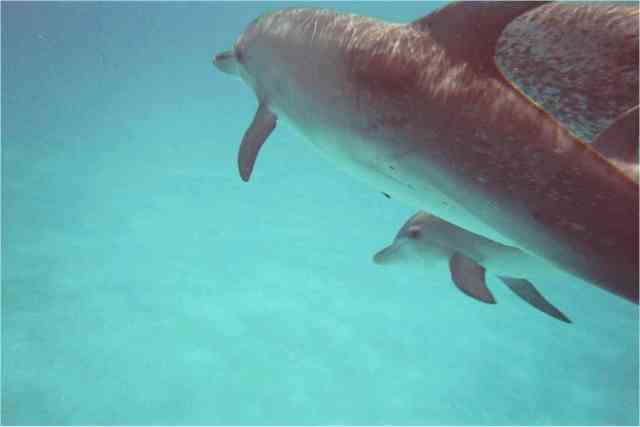


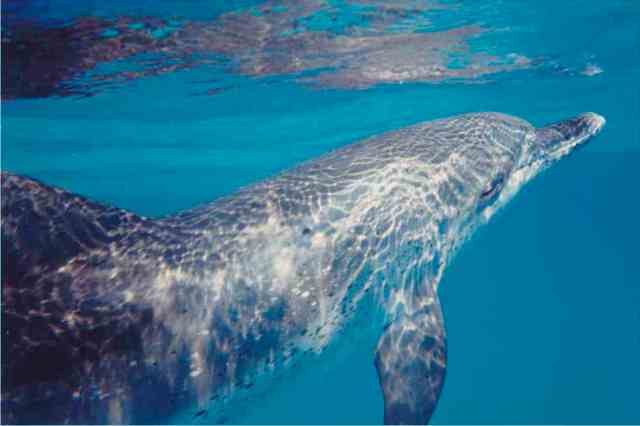
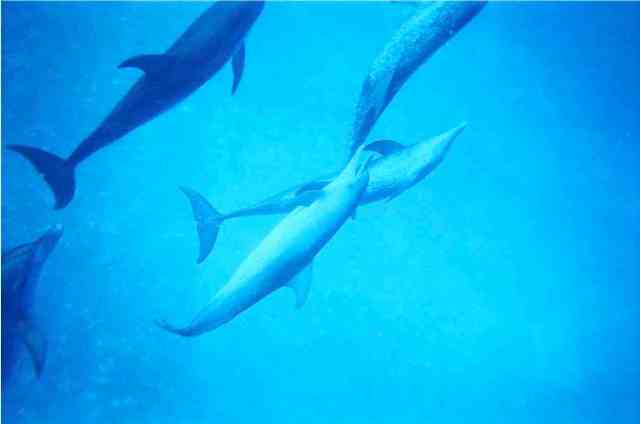
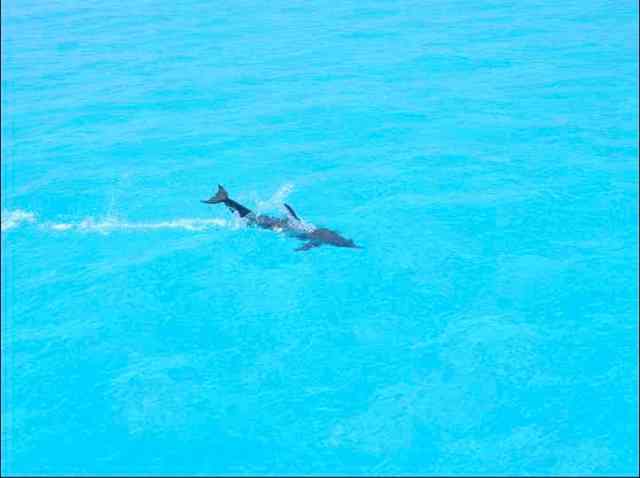
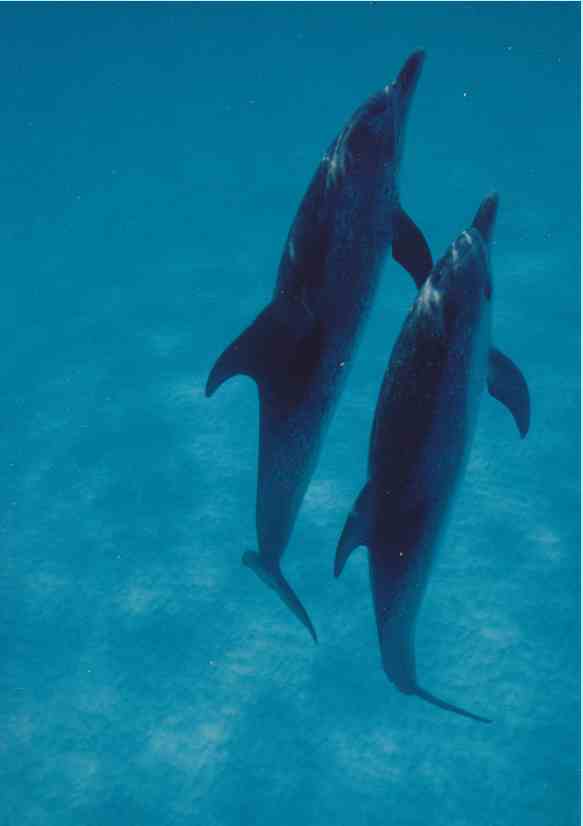

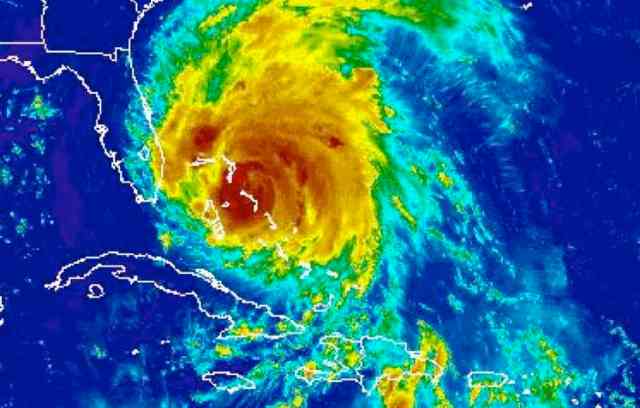
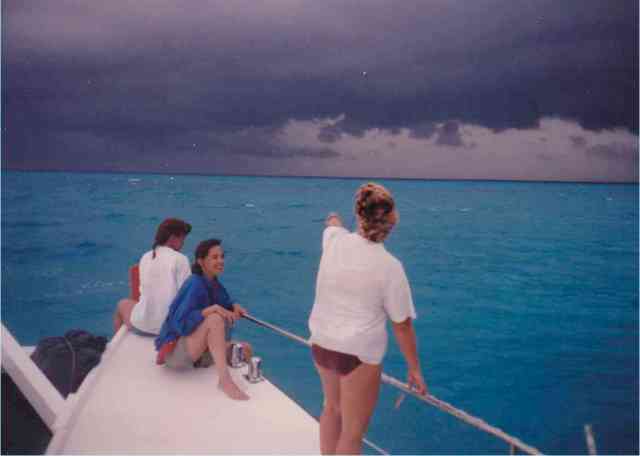
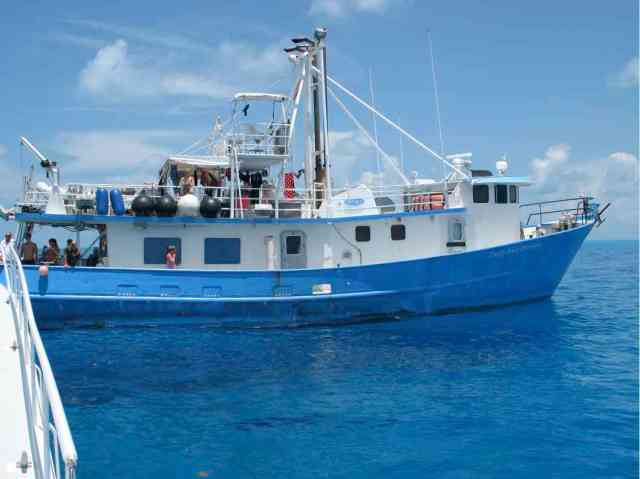
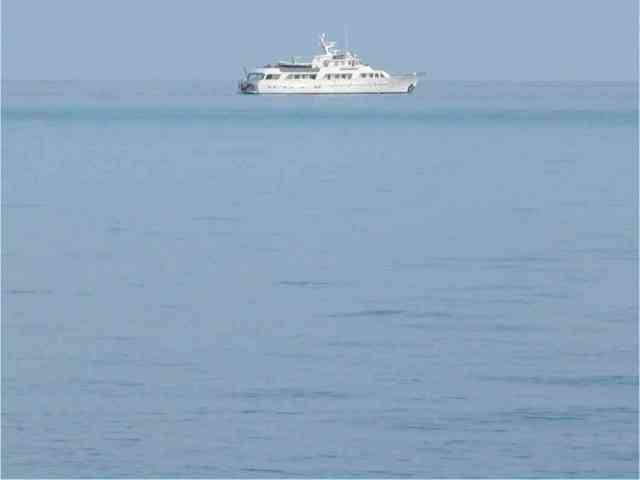

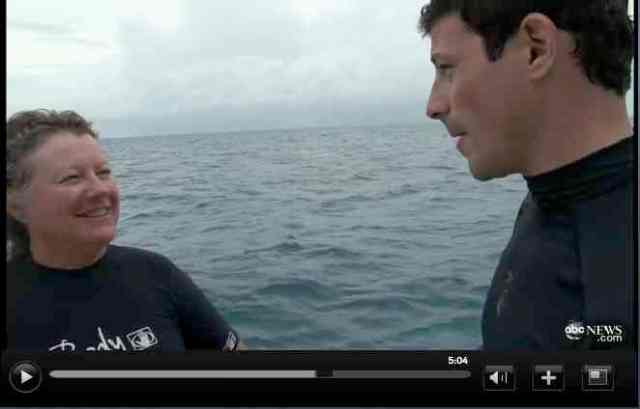

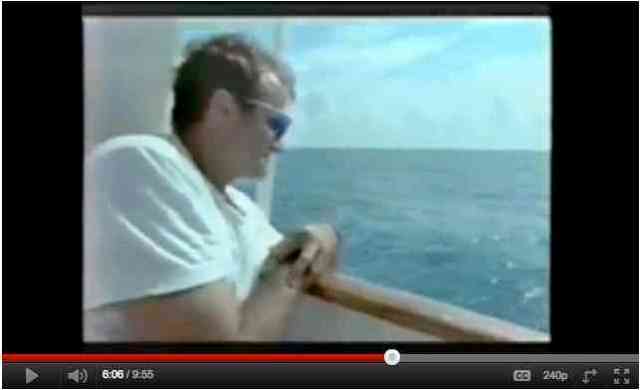
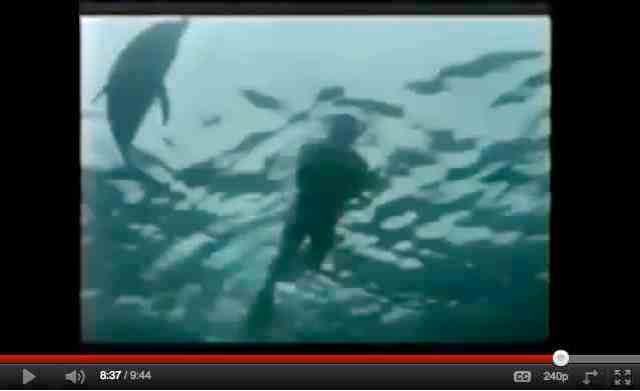
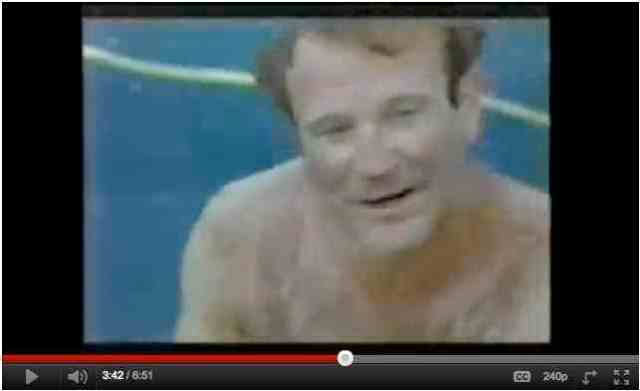
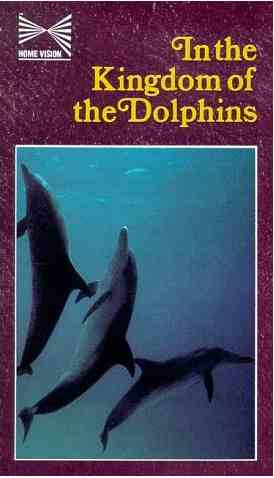
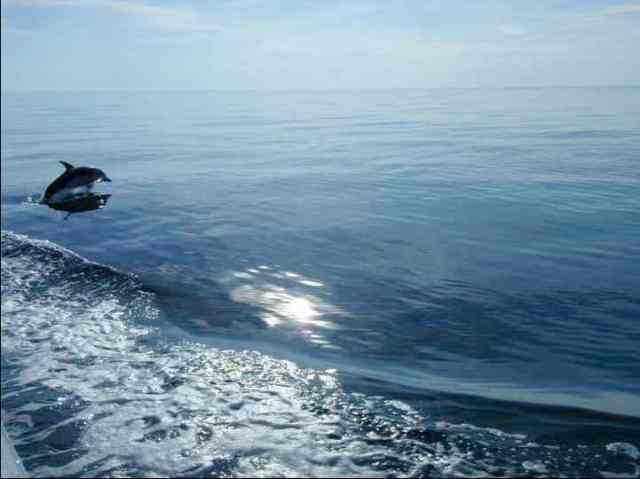
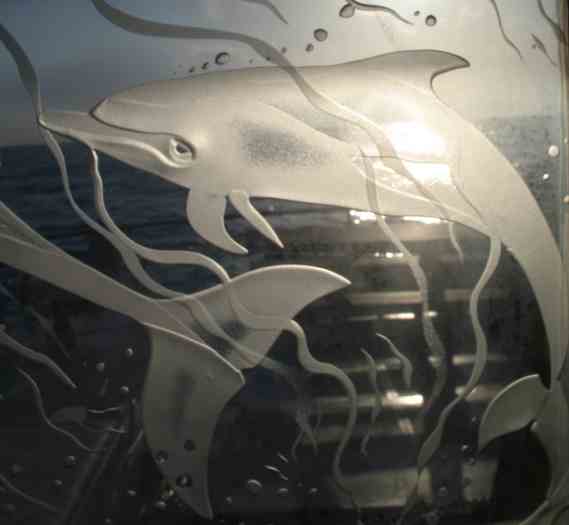
Pingback: Book Review: Dolphin Diaries « Lizbeth's Garden
Thank You for the story on the Universe. It is fascinating.
LikeLike
jill – I have been meirrad for 27 years and would of loved to have done this at my wedding…….looks like soooooooooooo much fun!!!!!
LikeLike
It is so beautiful. I know you put your heart in it. Your pictures were great. It is a dream for you also.
LikeLike
Beautiful Presentation… very informative. The oceans are so vast and wide ranging, in sea life and weather, serenity to violence and back to calm… visiting the dolphins on this site is very healing and life affirming…
LikeLike
Could this be any better! Thanks so much for clueing me in to a person and project I was not aware of. This needs to be shared and spread around ASAP.
LikeLike
Gorgeous and stunning information and photography. Thank you!
LikeLike
You need dolphins. Trust me.
LikeLike
Oh, I feel like I’ve just had a boat ride with the woman herself and her fascinating subjects. What gorgeous creatures, dolphins and scientists all. So lovely, too, to see the sea in its calmer splendor after all the water that Irene dumped. Thanks, Gini!
LikeLike